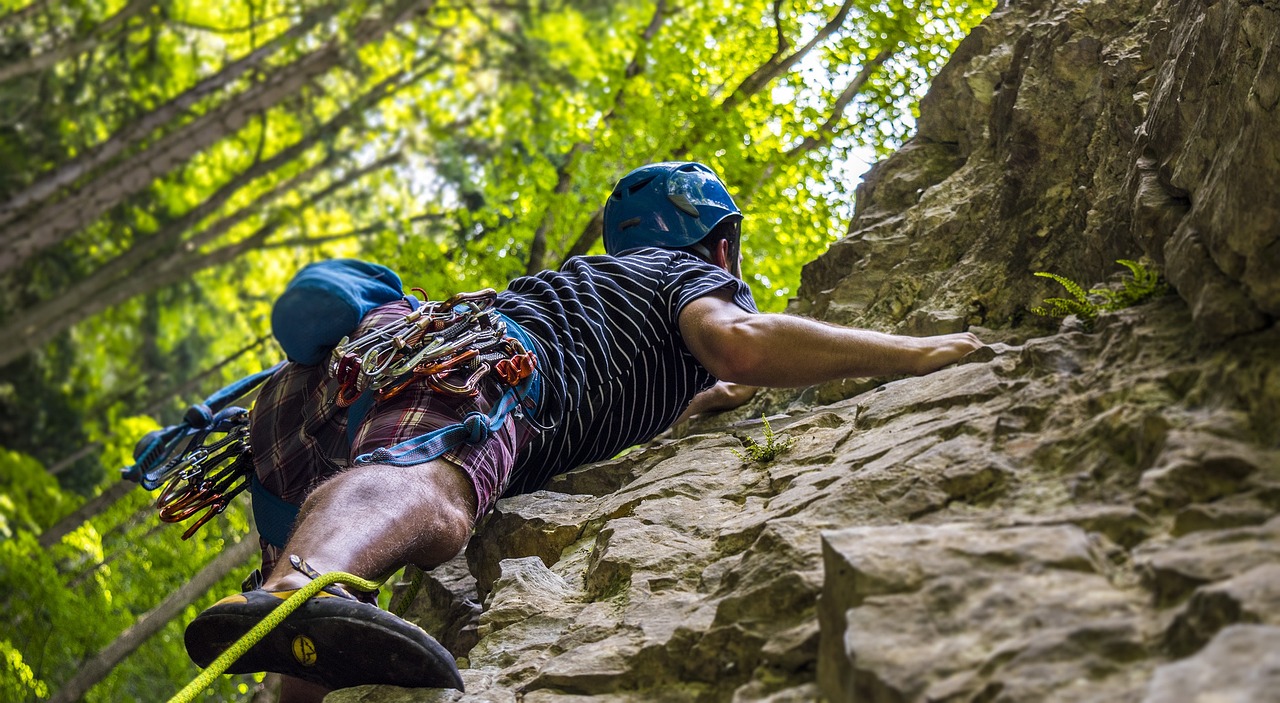Rock climbing is all about pushing yourself to new limits, but pushing too hard can lead to muscle soreness, fatigue, and even injury. Climbing muscle recovery is crucial if you want to continue climbing without hindrance. Follow these tips to revitalize and restore your climbing muscles.
Hydrate
Staying hydrated is crucial to any physical activity, and rock climbing is no exception. Adequate water intake helps your muscles function and heal properly. Dehydration can lead to muscle cramps, soreness, and can even make you more prone to injury. Drink at least 8 to 10 glasses of water daily to ensure your climbing muscle recovery is on track.
Stretch
Stretching before and after climbing is essential to prevent injury and muscle soreness. It helps to loosen up tight muscles and helps them recover more quickly. Stretching can also improve your range of motion, flexibility, and ease muscle discomfort. Gentle, static stretching or dynamic movements like lunges and leg swings are good places to start.
Rest
Rest days are necessary to allow your muscles to recover from strenuous activity. Overuse can lead to muscle fatigue, which can lead to injury. Plan rest days into your climbing routine and make sure to get enough sleep each night. Sleep helps your muscles recover, and it will give you the energy you need to perform well.
Eat a Balanced Diet
Your muscles require fuel to perform and recover. Eating enough protein is essential to aid in climbing muscle recovery while also helping to rebuild and maintain muscle mass. Carbohydrates provide energy for your muscles, and healthy fats help improve inflammation and reduce soreness. Eating a balanced diet will help your muscles recover faster.
Use Self-Massage Techniques
Self-massage techniques like foam rolling, massage balls, and percussion massage guns can help increase blood flow and relax tight muscles. This increased blood flow can help your muscles recover faster by removing waste and bringing fresh oxygen to the area. Self-massage can also help reduce muscle soreness and improve mobility.
Incorporate Cross Training
Cross-training can help improve overall strength, flexibility, and endurance. It can also ensure that you’re not overusing the same muscle groups repeatedly. Swimming, yoga, and cycling are some low-impact exercises that can help support climbing muscle recovery.
Listen to Your Body
Finally, listen to your body. Pay attention to how you feel before, during, and after climbing. If you’re feeling fatigued or sore, take a break. Pushing too hard can lead to injury and delay climbing muscle recovery. Know your limits and allow yourself the time and rest you need to recover fully.
Recovery is an essential part of any rock climbing routine. Incorporating these tips into your routine can help you recover faster and return to the sport you love with a greater level of strength, flexibility, and endurance. Remember to hydrate, stretch, rest, eat a balanced diet, use self-massage techniques, incorporate cross-training, and listen to your body. With these strategies in your arsenal, you’ll be able to climb higher and longer without the hindrance of muscle fatigue and soreness.
